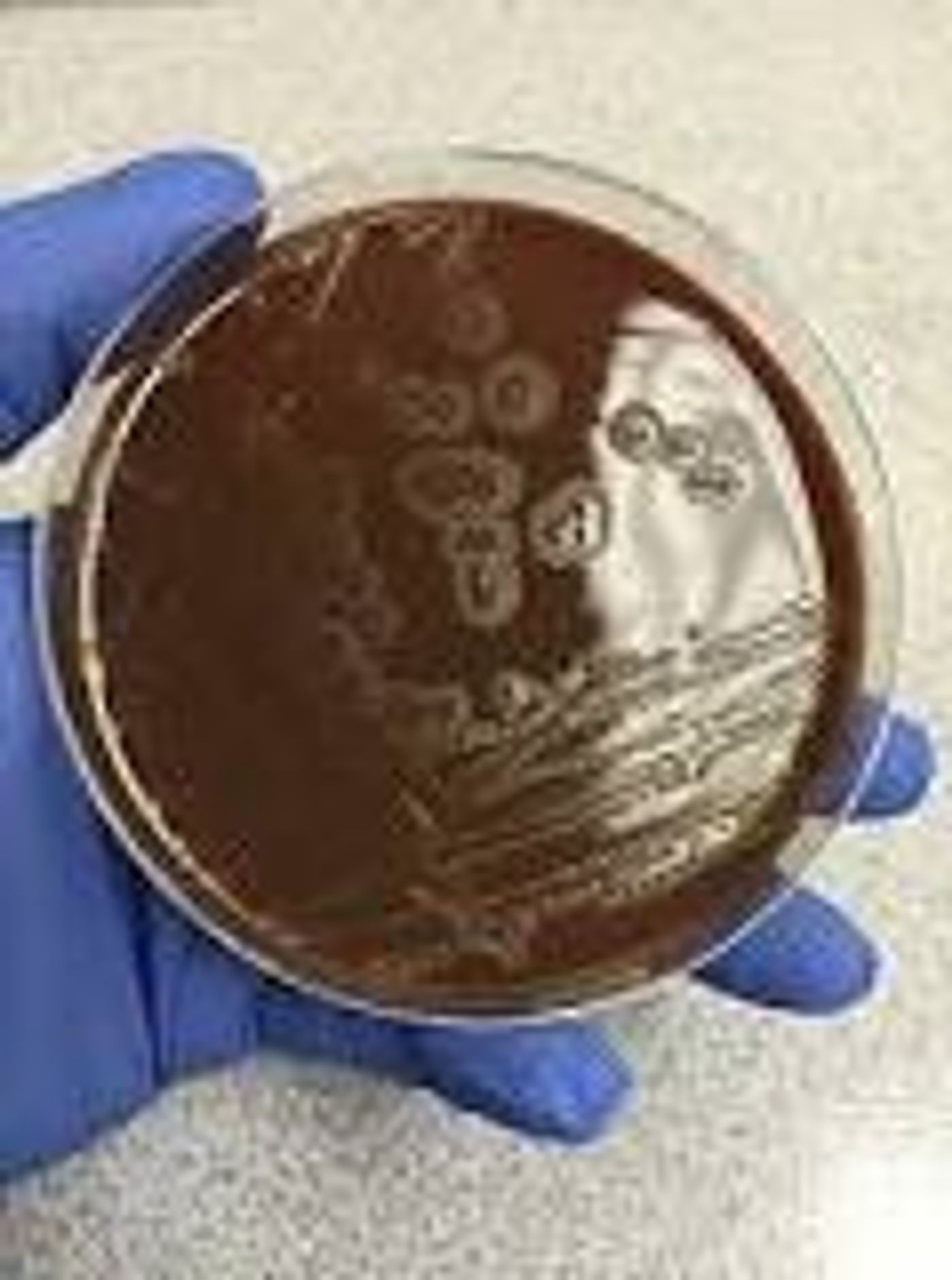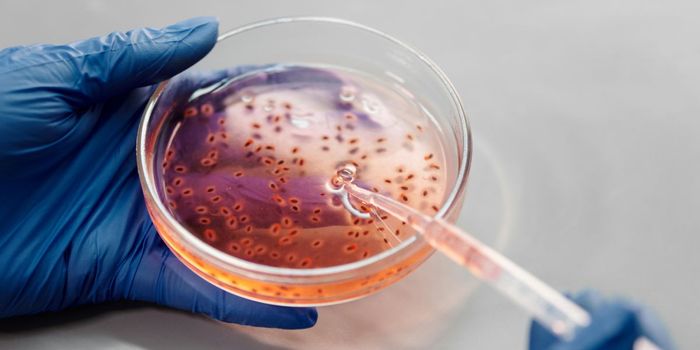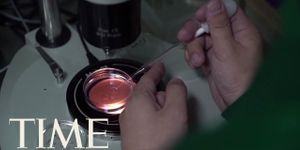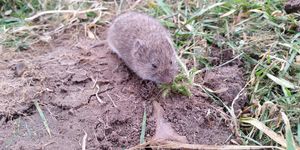The Fight Bite
Human bite wounds are a common source of polymicrobial infections accounting for many emergency room visits. One bacteria, Eikenella corrodens, has been implicated in a specific type of wound to the hand called the 'fight bite' or 'clenched fist' injury. This type of wound results from a closed fist striking the teeth of another individual breaking the skin and penetrating the subcutaneous and joint spaces. The resulting deep-seated infection usually requires emergency surgical debridement and irrigation. These infections can also lead to osteomyelitis and septic arthritis. When the area is cultured during surgery, E. corrodens is frequently isolated.
'Fight bites' have been termed one the worst human bite wounds encountered because, even though the initial exam usually shows only a small, seemingly benign puncture wound that is easily missed, the penetration of the teeth frequently injures the deep, soft tissue, the extensor tendon, and its sheath. It may also extend into the metacarpophalangeal (MCP) joint. The MCP joint does not have many blood vessels supplying it and as a result, has a limited ability to fight the infection.
E. corrodens is a facultative, gram-negative anaerobe that grows well in an atmosphere with 10% CO2. It can be seen growing on blood and chocolate agar plates with the colonies often pitting the agar and producing a bleach-like odor. The gram stain from the specimen or from the colonies shows gram-negative coccobacillary organisms. Biochemical testing of the colonies reveals that it is oxidase positive and catalase and indole negative.
E. corrodens on chocolate agar
Eikenella has been implicated in other sources of infection. It is a part of the HACEK group of organisms that cause a rare, culture-negative endocarditis. HACEK is an acronym for Haemophilus, Aggregatibacter (previously Actinobacillus), Cardiobacterium, Eikenella, and Kingella. All of these organisms can be found in the microbiota of the oropharyngeal areas. Other sites of infection include abscesses, otitis media, conjunctivitis, pneumonia, and periodontal disease.
The treatment for an Eikenella infection should be correlated with the antibiotic sensitivity patterns of the culture growth. It is typically resistant to clindamycin, erythromycin, metronidazole, and in some cases, aminoglycosides. Infections with E. corrodens are often found to be polymicrobial making treatment with a broad-spectrum antibiotic such as ampicillin-sulbactam or amoxicillin-clavulanate appropriate. The recommended treatment for endocarditis is the third-generation cephalosporin, ceftriaxone. Ultimately, treatment should be guided by the sensitivity patterns of the organisms growing on culture.
The best advice for a 'fight bite' infection is to not hit someone in the mouth, but if this does happen, go to the emergency room immediately if there is any sign of infection. Being treated early results in much better outcomes than waiting to see if the infection will clear on its own.
Interesting fact--E. corrodens was mentioned in an episode of Forensic Files where the perpetrator claimed that he had cut his hand on a dumpster while throwing trash away. However, when he underwent surgical debridement of his wound, the culture grew E. corrodens. Since it is found only in the human respiratory tract, his infection had to come from assaulting the victim by punching her in the mouth, which was part of the forensic evidence against the perpetrator.









